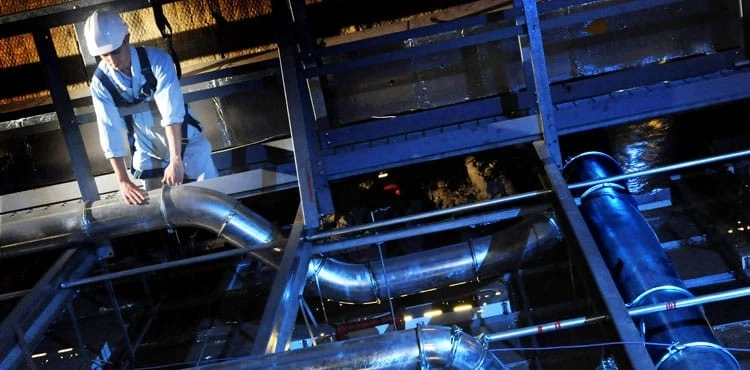Pipe supports are an important part of any piping process design. They help to ensure that the pipes are properly supported, which can prevent several problems from occurring.
In this article, we\'ll look at how pipe supports can help with the optimal operation of your piping system and some factors you should consider when choosing pipe supports.
What Is A Pipe Support?
Safe and efficient piping system engineering relies heavily on pipe supports in the UK.
Like other pipe components, support can benefit from being implemented during design and system implementation to greatly decrease costs and facilitate installation.
The phrase "pipe supports" is sometimes used interchangeably with "pipe restraints," although these two components have distinct purposes.
The purpose of supports is to tie the pipe system with structural elements for greater safety and support for all aspects of the piping process and to shoulder and distribute loads across the system in a manner that allows for safe operation.
They serve to absorb and distribute the force of vertical loads in most circumstances.
What Are the Functions of Pipe Supports?
The purpose of pipe supports is to hold the pipe in place and prevent it from moving or shifting.
When installed correctly, pipe supports can protect your piping system from damage caused by:
- Movement caused by earthquakes
- Movement caused by vibrations
- Friction between pipes and surrounding surfaces (such as concrete)
- Rising temperatures causing the expansion of the metal pipes
Factors to Consider When Choosing Pipe Supports
Choosing pipe supports is a crucial task that requires careful consideration of a variety of factors. Some of these factors are listed below:
- Pipe size
The size of the pipe support is equal to or slightly larger than the pipe diameter. The difference varies from one manufacturer to another and from one type of support to another. However, it should be noted that the larger the diameter of the pipe, the larger its supports must be.
- Material of pipe
Whatever connection is required also depends on the material or type of pipe and its size. Different diameters and shapes of pipes require different connectors.
Whether or not the pipe has flanges is a major factor in deciding which connector type is best. Engineers must know whether or not the pipe is flanged to determine the most appropriate pipe supports.
U-bolts, split bands, and saddle clamps are all common options for supporting pipes.
To prevent galvanic corrosion, stainless steel pipes in the UK must not come into contact with galvanised steel. Instead, you should use a pipe clamp with a rubber liner to separate the two.
- Pressure rating
The pressure rating of pipe support refers to how much weight it can withstand before failing under pressure. This information is usually provided by the manufacturer or supplier and should be consulted when choosing a particular type of support. A higher pressure rating indicates better durability against high pressures, while lower ratings indicate lower durability against high pressures.
- Placement of the supports
Each of these factors affects where the supports are placed, and the kind of connection used. You\'ll be able to place the pipe supports more conveniently once you\'ve considered all other factors.
Takeaway
Someone tasked with locating and installing pipe supports must have a good notion of where those supports should go. However, a trusted distributor will be able to demonstrate how to place their pipe supports in a way that ensures optimum performance.



